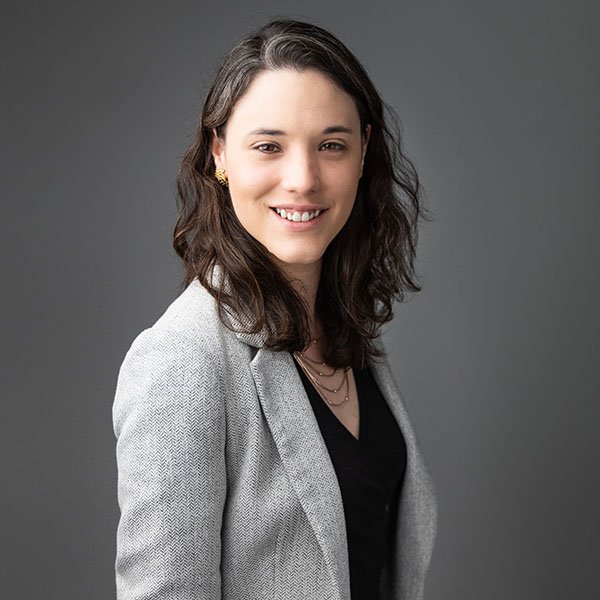Molly H. Dee-Ramasamy, PE, CEA | Director
Specialties: Carbon Policy, Power Grid, Energy Auditing, Commissioning, Industry Engagement, Research
Molly Dee-Ramasamy is the Director of the JB&B Deep Carbon Reduction Group. Her experience includes identifying opportunities for implementing energy conservation measures and low-carbon design strategies to improve energy efficiency, reduce carbon emissions, and enable energy cost-saving associated with energy retrofits and upgrades.
In addition to her work with JB&B, Molly is actively engaged in both city and state sustainability policy efforts. She was a co-chair of a NYC Mayor’s Office of Sustainability Carbon Challenge working group, is an active participant in the Mayor’s Office of Sustainability Industry Council, and was selected to join Urban Green Council’s LL97 Carbon Trading Study Stakeholder group. In 2020, she was also selected to be a contributing member of New York State’s Energy Efficiency & Housing Advisory Panel and the Decarbonizing New York City Offices initiative.
She has experience in a wide range of market sectors—commercial, educational, life sciences, healthcare, museum, hospitality, and multi-family residential buildings—successfully providing energy services, new building commissioning, existing building commissioning, engineering surveys and studies, and special inspections. Recent projects include One Penn Plaza, Icahn School of Medicine, the Brooklyn Museum, New York Stem Cell Foundation Research Institute, and 30 and 35 Hudson Yards.
Ms. Dee-Ramasamy holds a Bachelor of Science degree in Mechanical Engineering and Applied Mechanics from the University of Pennsylvania. She is a licensed Professional Engineer in the State of New York, and a Certified Energy Auditor of the Association of Energy Engineers.
Fun Fact: Starting at the beginning of 2021, Molly started working her way through the top 100 science fiction novels of all time. Her favorite so far: Slaughterhouse Five. Molly loves the concepts and ideas in sci-fi, especially that of the 1950s and 1960s, because some of the ideas that were considered at the far edge of imagination back then have now become reality.



